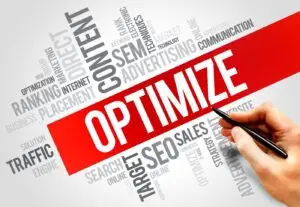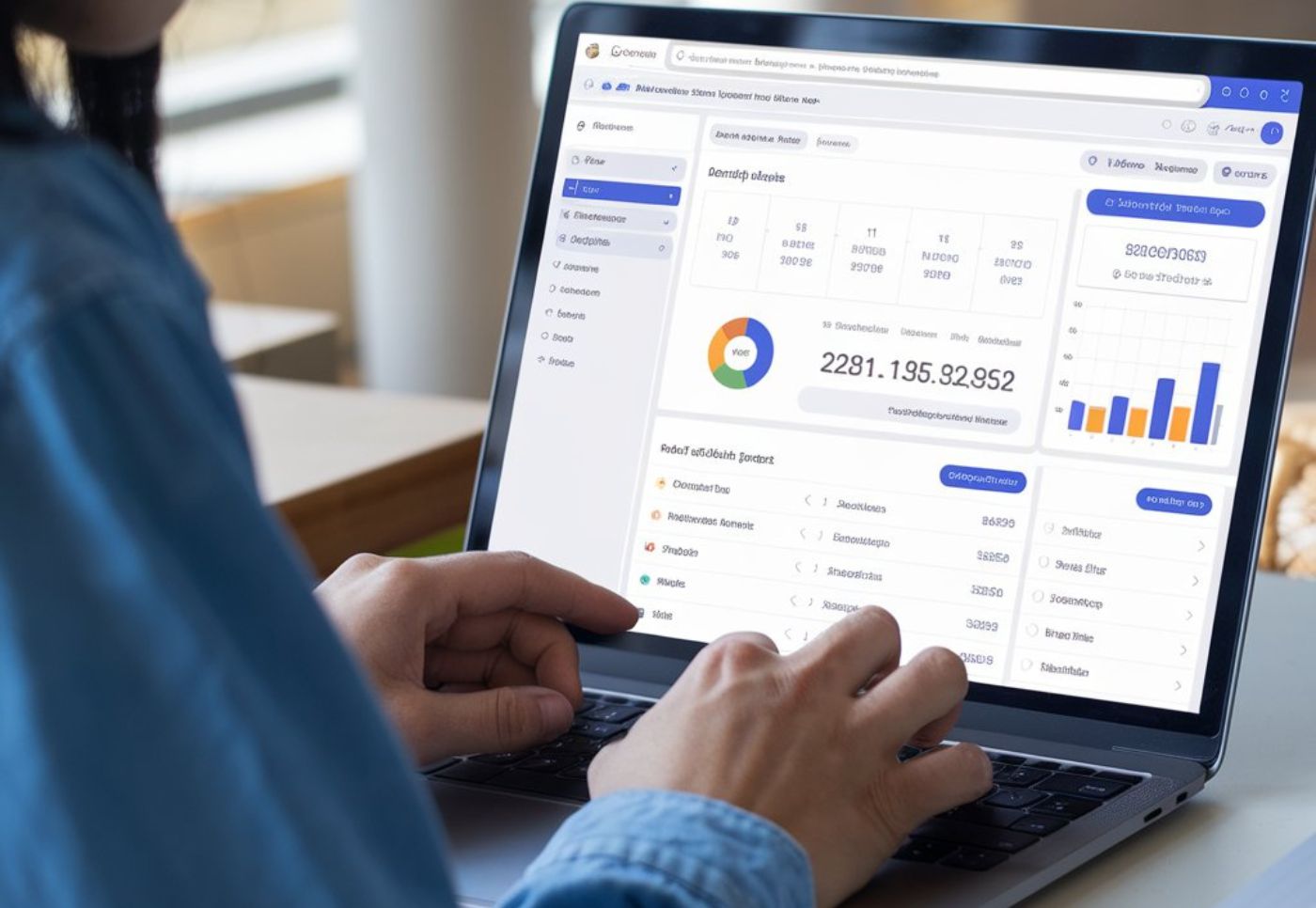Google Ads Optimization: 5 Costly Mistakes to Avoid

INTRODUCTION
Ever felt like your Google Ads spend is vanishing without much return? You’re not alone. Many businesses burn through their ad budgets fast—without realizing the cause. Effective Google Ads optimization is more than just launching campaigns and hoping for conversions. It’s about strategy, precision, and regular monitoring. In this guide, we’ll break down five common yet costly Google Ads mistakes, why they happen, and how you can fix them to maximize your ROI.
 Table of Contents
Table of Contents
- Why Google Ads Budget Optimization Matters
- 1. Not Using Negative Keywords
- 2. Broad Match Keywords Without Control
- 3. Ignoring Audience Targeting
- 4. Not Monitoring and Optimizing Bids
- 5. Weak Ad Copy and Poor Landing Pages
- How to Measure and Improve Your Campaigns
- Conclusion
- FAQs
Why Google Ads Budget Optimization Matters
Google Ads is powerful—but only if used wisely. Even a well-funded campaign can underperform if budget-draining mistakes go unchecked. Ads showing to the wrong audience, appearing for irrelevant searches, or leading users to poor landing pages all result in wasted spend. Optimization ensures your money works for you, not against you google ads optimization.
Analogy: Running Google Ads without optimization is like filling a leaky bucket—you’ll keep pouring money in, but nothing holds.
1. Not Using Negative Keywords
Why It Happens
Marketers often focus too much on the keywords they want to target, overlooking the ones they don’t. This leads to your ads being shown for unrelated or low-intent searches.
Impact
- Irrelevant clicks
- Lower CTR and Quality Score
- Higher CPC and reduced ROI
Fix It
- Regularly analyze search terms report.
- Add negative keywords to filter out unrelated traffic.
- Use keyword match types smartly.
Tip: Always exclude terms like “free”, “cheap”, or unrelated industries if you’re selling premium products.
 2. Broad Match Keywords Without Control
2. Broad Match Keywords Without Control
Why It Happens
Broad match can seem appealing—it offers reach. But without structure, your ads may show for entirely irrelevant terms.
Impact
- Wasted impressions and clicks
- Low conversion rate
- Inconsistent performance
Fix It
- Start with phrase match and exact match keywords.
- Use broad match only with a strong list of negative keywords.
- Monitor search terms and adjust frequently.
Stat: Advertisers using only broad match keywords waste up to 76% of their ad spend on irrelevant clicks (WordStream, 2023).
3. Ignoring Audience Targeting
Why It Happens
Some campaigns focus only on keywords, ignoring who is searching.
Impact
- Ads shown to unqualified users
- High bounce rates
- Low ROI and relevance
Fix It
- Use in-market, affinity, and custom intent audiences.
- Layer demographics like age, income, and device.
- Adjust bids based on performance by audience segment.
Personal Experience: One client saw a 40% cost reduction and 3x return after switching to detailed demographic and behavioral targeting.
4. Not Monitoring and Optimizing Bids
Why It Happens
Many set bids and forget about them. Or, they over-rely on manual bidding.
Impact
- Overspending on non-performing keywords
- Missing out on low-cost, high-intent queries google ads optimization
Fix It
- Use Smart Bidding strategies like Target CPA or Maximize Conversions.
- Monitor high-CPC keywords closely.
- Review performance regularly and adjust bids.
Tip: Use the “Top vs. Other” report in Google Ads to compare how ad position affects conversion rates.
5. Weak Ad Copy and Poor Landing Pages
Why It Happens
Your ad might be well-targeted, but if the copy doesn’t resonate—or the landing page underdelivers—users bounce.
Impact
- Low CTR and high CPC
- Poor Quality Score
- Wasted budget with no ROI
Fix It
- Write clear, compelling copy that matches user intent.
- Use strong CTAs.
- Optimize landing pages for speed, mobile, and relevance google ads optimization.
Case Study: A fashion brand improved conversion rate by 62% after aligning their ad messaging with seasonal landing pages.
How to Measure and Improve Your Campaigns
Track These Metrics:
- CTR (Click-Through Rate)
- Conversion Rate
- Quality Score
- Cost per Conversion
- Bounce Rate on Landing Pages
 Tools to Use:
Tools to Use:
- Google Ads Dashboard
- Google Analytics
- SEMrush or SpyFu for competitor analysis
Conclusion
Managing your Google Ads budget effectively means avoiding these five common traps: irrelevant keywords, unchecked match types, poor targeting, outdated bids, and unoptimized experiences. With consistent Google Ads optimization, you’ll ensure your investment leads to clicks that convert—not clicks that cost. Want to save more and earn better results? Start auditing your current campaigns today.
Call to Action:
- Share your Google Ads mistake stories in the comments google ads optimization.
- Need a free audit? Reach out—we’d love to help!
FAQs
1. What is Google Ads optimization?
Google Ads optimization is the process of improving campaign performance by refining targeting, keywords, ad copy, and bidding strategies.
2. How can I reduce Google Ads costs?
Use negative keywords, better audience targeting, and automated bidding to lower unnecessary spend.
3. Are broad match keywords bad?
Not always—but without controls like negative keywords, they can lead to wasted clicks.
4. How often should I check my campaigns?
At least once a week. Daily for high-budget campaigns.
5. What’s a good Quality Score in Google Ads?
A Quality Score of 7-10 is considered strong and helps lower CPCs google ads optimization.

 Table of Contents
Table of Contents 2. Broad Match Keywords Without Control
2. Broad Match Keywords Without Control
 Tools to Use:
Tools to Use:




